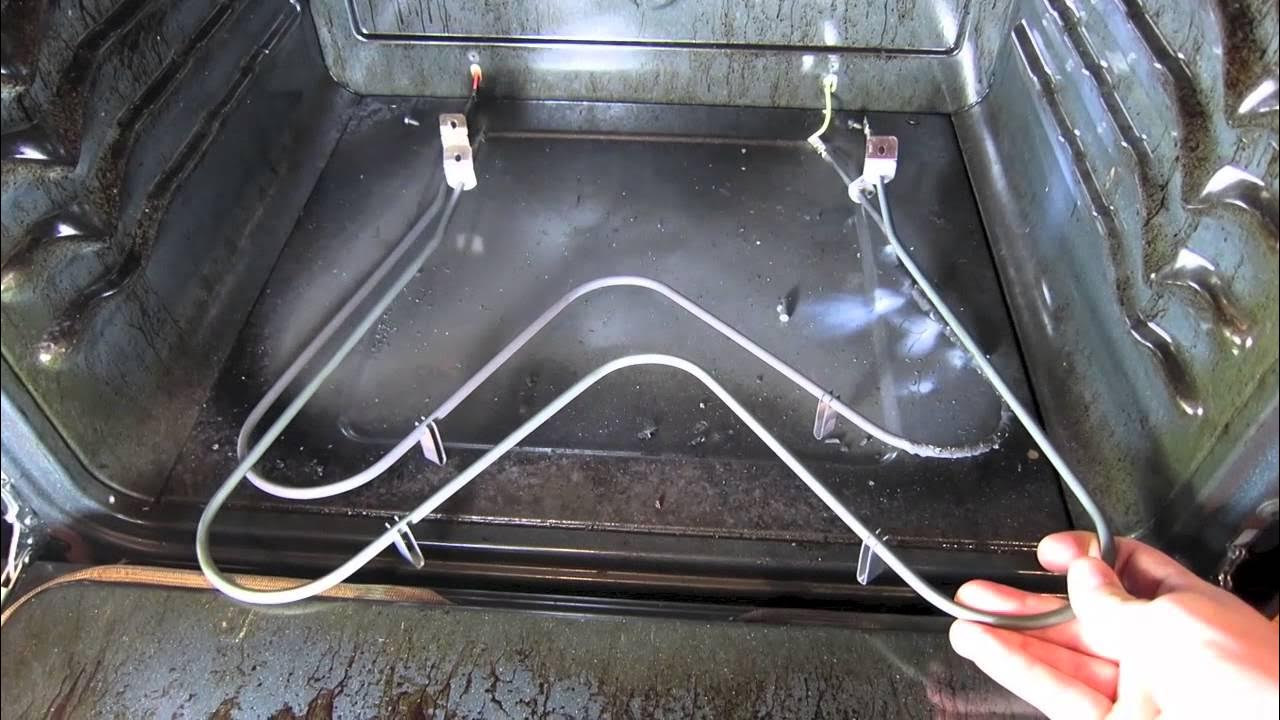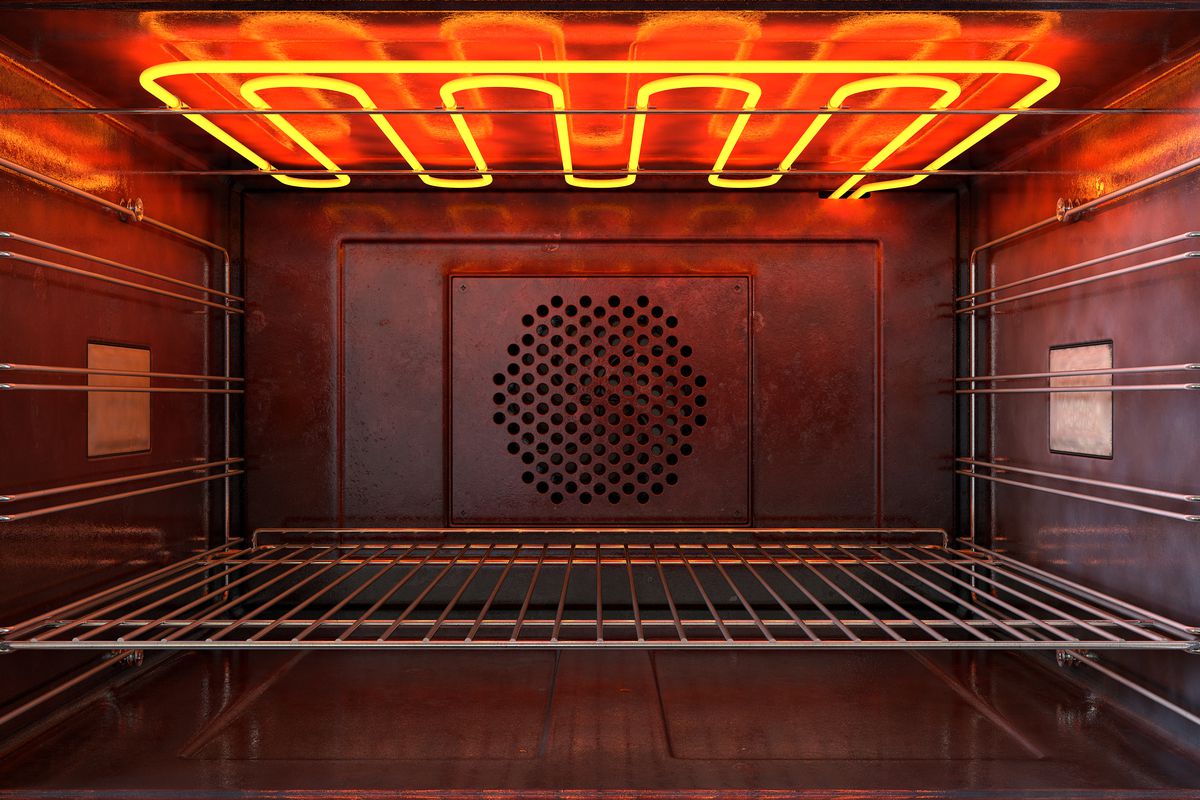The Hidden Dangers of Faulty Ovens and Stoves
Ovens and stoves are integral to our daily lives, offering the convenience of cooking everything from a quick snack to a gourmet meal. However, despite their importance, many people overlook the potential dangers that can arise from faulty appliances. Whether it's an oven that won't heat properly, a stove with a malfunctioning burner, or a gas leak from a range, these issues can pose serious risks. In this article, we will explore the hidden dangers associated with faulty ovens and stoves, why they happen, and how to prevent accidents that could result in injury, fire, or carbon monoxide poisoning.
The Role of Ovens and Stoves in Modern Homes
Before we dive into the dangers, it’s important to understand why ovens and stoves are so crucial in our everyday lives. These kitchen appliances allow us to prepare meals efficiently, helping families eat nutritious food at home. Most kitchens rely on electric or gas stoves and ovens for everything from boiling water to baking a cake. But like all appliances, they are subject to wear and tear over time. When not properly maintained or repaired, ovens and stoves can become hazardous.
Common Problems with Ovens and Stoves
1. Gas Leaks and Malfunctions
Gas ovens and stoves are widespread in many homes. While gas is an efficient and cost-effective cooking fuel, gas leaks can be a serious concern. If there is a malfunction in the gas line, burner, or regulator, it can cause a leak. Gas leaks often go undetected because the odorant added to natural gas (usually a sulfur-like smell) may dissipate or be hard to notice in a busy kitchen. Prolonged exposure to leaking gas can lead to suffocation, explosions, or fires if an ignition source is present.
Signs of a gas leak include:
-
A strong, sulfuric odor around the stove or oven
-
The sound of hissing gas near the appliance
-
Physical symptoms like headaches, dizziness, or nausea
If you suspect a gas leak, it’s important to take immediate action by shutting off the gas supply, ventilating the area, and calling a professional technician to inspect and repair the appliance.
2. Electrical Failures in Electric Stoves and Ovens
Electric ovens and stoves are typically safer than their gas counterparts, but they can also present risks when faulty. Common electrical problems include faulty wiring, short circuits, or damaged power cords. A stove that fails to heat properly may be a sign of an issue with the heating elements, while an oven that doesn’t maintain consistent temperature could indicate problems with its thermostat or heating elements. Malfunctions in any of these components can lead to fire hazards. For more information on reliable electric oven and stove repair services, click here.
Signs of electrical failure include:
-
Uneven cooking temperatures or failure to heat up
-
Sparks or smoke emanating from the appliance
-
A burning smell or melted parts on the stove or oven
-
Flickering or non-functioning indicator lights
Electrical issues are often subtle at first but can escalate quickly. If you notice any of these symptoms, it's crucial to disconnect the appliance from the power supply and consult an expert to avoid further risk.
3. Overheating and Fire Hazards
One of the most significant risks associated with faulty ovens and stoves is fire. Overheating can occur for several reasons, including malfunctioning thermostats, damaged heating elements, or blocked ventilation. In gas ovens, unlit gas combined with excess heat can create a dangerous fire hazard.
In electric ovens, a short circuit or damaged wiring can spark a fire. Even a seemingly small issue, like food debris caught in the oven, can easily catch fire when exposed to high temperatures. This is why it is essential to regularly inspect both gas and electric stoves for any signs of wear and tear.
Common causes of fire hazards:
-
Dirty or clogged stovetop burners
-
Malfunctioning temperature sensors
-
Accumulation of grease and food particles in the oven
-
Damaged insulation around electric stoves
-
Ignition of gas leaks in improperly ventilated areas
4. Carbon Monoxide Poisoning
One of the most dangerous but often overlooked risks associated with faulty ovens and stoves is carbon monoxide (CO) poisoning. This is especially common in homes with gas-powered appliances. Carbon monoxide is an odorless, colorless gas that can cause serious health problems or even death when inhaled in large amounts.
When gas appliances like stoves or ovens malfunction, they can produce dangerous levels of carbon monoxide. This can occur if the appliance is not properly vented, or if the burner is malfunctioning and emitting unburned gas. Inadequate ventilation in kitchens can lead to CO buildup, putting occupants at risk.
Symptoms of carbon monoxide poisoning include:
-
Headaches and dizziness
-
Nausea and vomiting
-
Shortness of breath or chest pain
-
Confusion and fainting
To reduce the risk of carbon monoxide poisoning, ensure your kitchen is well-ventilated, and always install a CO detector near cooking appliances. Regular maintenance of your gas stove or oven is also vital to keeping CO emissions in check.
5. Burns and Scalding
Faulty ovens and stoves can also contribute to burns and scalding accidents. Gas burners with damaged ignition systems may cause a delayed flame ignition, creating a dangerous flash of heat. Similarly, an electric stove with exposed heating elements can burn someone if touched accidentally.
Stoves and ovens that don’t maintain proper heat distribution can cause food to burn, leading to unexpected splashes of hot liquids or oils. Inadequate or malfunctioning oven doors can also result in burns when they open unexpectedly, exposing hot air.
Preventative measures:
-
Always use oven mitts and caution when handling hot items.
-
Ensure children and pets are kept away from cooking areas.
-
Check that the appliance’s safety features, such as oven door seals, are intact and functioning correctly.
Preventing Accidents: How to Keep Your Stove and Oven Safe
While it’s impossible to eliminate every risk, taking proactive measures can significantly reduce the likelihood of accidents related to faulty ovens and stoves. Here are some key steps to keep your appliances in safe working order:
1. Regular Inspections and Maintenance
A great way to prevent accidents is by scheduling regular maintenance for your stove or oven. For gas-powered appliances, ensure that the gas line and connections are checked for leaks. Electric stoves should be inspected for any exposed or damaged wires. In both cases, keep the stove and oven clean by removing grease and food buildup regularly.
2. Professional Repairs
When issues arise, always hire a professional technician to handle repairs. Trying to fix complex electrical or gas problems on your own can be dangerous. Professional technicians have the knowledge and tools to diagnose and address issues safely, reducing the risk of further damage or injury.
3. Proper Ventilation
Ensure that your kitchen is properly ventilated, especially if you use a gas stove or oven. Installing a range hood that vents air outside can help reduce carbon monoxide buildup. Make sure the vent is regularly cleaned to avoid blockages that could lead to dangerous situations.
4. Know the Signs of Faulty Appliances
Familiarize yourself with the warning signs that your oven or stove may be malfunctioning. Early detection of issues such as gas leaks, electrical problems, or temperature inconsistencies can prevent major accidents. If you notice any unusual sounds, smells, or malfunctions, turn off the appliance and call a technician immediately.
5. Safety Features
Modern ovens and stoves often come with built-in safety features such as automatic shut-off mechanisms, child locks, and flame failure devices. These features help to reduce the risk of accidents. If your appliance doesn’t have these features, consider upgrading to one that does.
Conclusion: The Importance of Appliance Safety
Ovens and stoves are indispensable in modern kitchens, but they can pose hidden dangers when they malfunction. Gas leaks, electrical failures, overheating, and carbon monoxide poisoning are just a few of the risks associated with faulty appliances. The best way to stay safe is through regular inspections, professional repairs, and always being aware of the signs that your appliance may be faulty.
By taking the necessary precautions and staying vigilant, you can ensure that your kitchen remains a safe environment for cooking. Ultimately, the safety of your home and family depends on the condition of the appliances you use daily, so don’t take any risks when it comes to faulty ovens and stoves.




